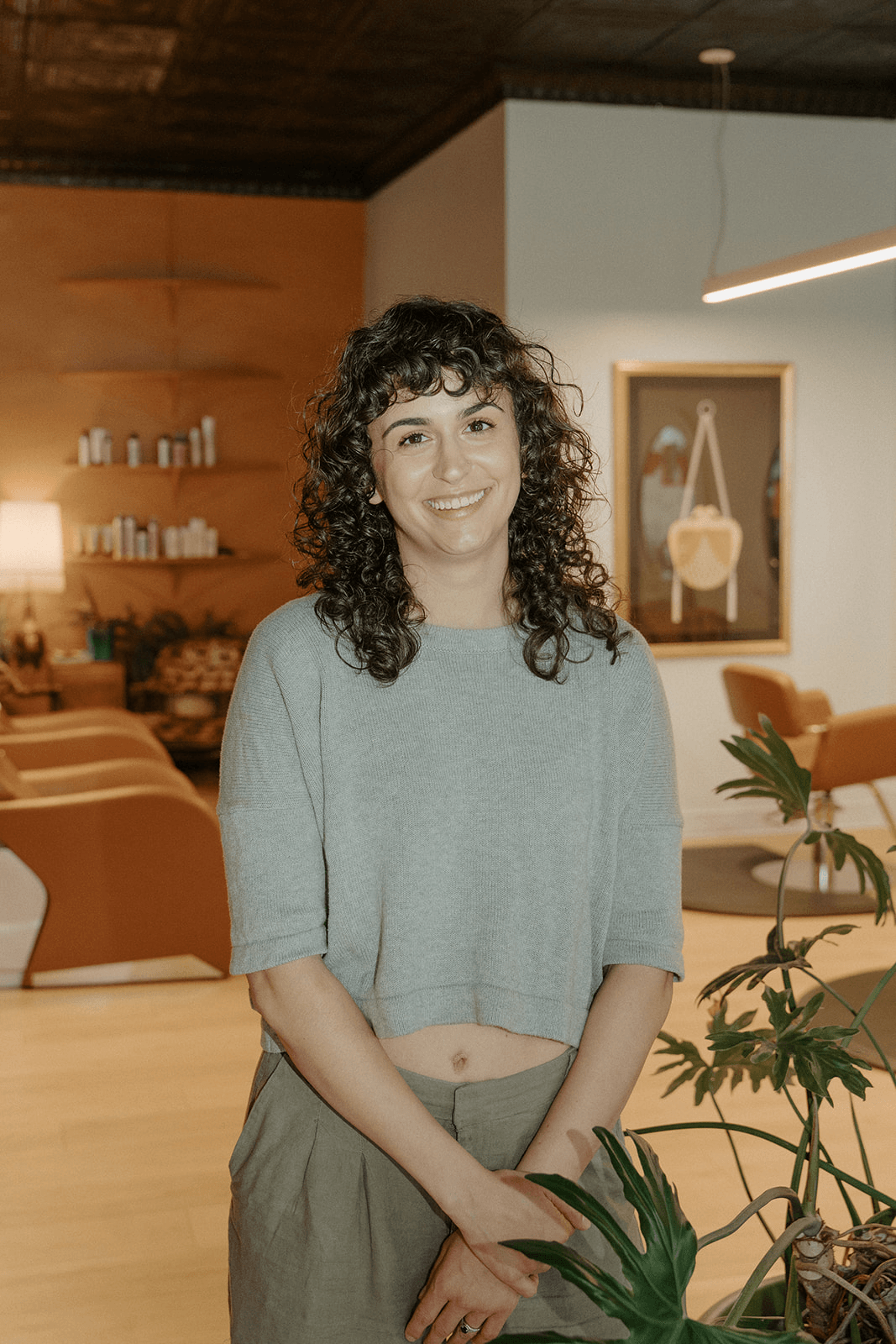Alright – so today we’ve got the honor of introducing you to Gabi Day. We think you’ll enjoy our conversation, we’ve shared it below.
Alright, Gabi thanks for taking the time to share your stories and insights with us today. One of our favorite things to brainstorm about with friends who’ve built something entrepreneurial is what they would do differently if they were to start over today. Surely, there are things you’ve learned that would allow you to do it over faster, more efficiently. We’d love to hear how you would go about setting things up if you were starting over today, knowing everything that you already know.
If I were starting my beauty brand over, I would start with a much leaner product catalog so I could invest more in marketing and coaching.
As a creative entrepreneur, it’s easy to get caught up in making more products and chasing the next shiny object over decidedly un-sexy but powerful business foundations. But one of the cardinal sins of any product-based business is starting off with too many products, and this is even truer when you are operating an independent business and handcrafting your products. Starting off with a deep product catalog means more raw materials to manage, higher cash flow demands, and more complex marketing. Starting with a leaner catalog and streamlined raw materials simplifies your business and maintains healthier cash flow and simpler marketing. Using early sales data and customer feedback helps you refine your initial offerings and guide future product development for better results with less money and time wasted.
I find this is a common pattern for creatives and also perfectionists who are eager to launch with their end-goal catalog in mind. While these are noble and ambitious intentions, setting goals misaligned with our current stage in business is an easy way to waste time, effort, and capital.
I began my business a few years after completing my Master of Health Administration, which is like an MBA but for healthcare. I felt like I “should” be able to translate this business knowledge into my new venture and wouldn’t need much mentorship. I felt that my ability to learn and figure things out along the way would serve me well – after all, I taught myself cosmetic formulation. Early on, I found a few mentors that aligned with my philosophy and outlook, but I had serious sticker shock looking at their fees.
However, while my MHA gave me a leg-up in terms of my accounting and financial knowledge, the reality is that running a healthcare system is nothing like building an independent product-based business. And the reason the best coaches cost a pretty penny is because they help you get where you’re going a lot faster than if you DIY, even with a strong growth mindset. You don’t know what you don’t know, and those knowledge and skill gaps can mean years of wasted time, thousands in wasted money and lessons you didn’t have to learn the hard way.
The biggest growth I’ve had with my own business have come when I invested time, money, and effort into expert coaches and mentors who are aligned with my business values and approach. Working with my own small business mentor and Meta ads coach have been the best money I’ve ever spent, and they have given me skills that I can leverage for a lifetime.

Great, appreciate you sharing that with us. Before we ask you to share more of your insights, can you take a moment to introduce yourself and how you got to where you are today to our readers.
I never imagined myself as a small business owner, but as the CEO + Founder + Formulator of Bright Body for nearly 7 years, I can’t imagine doing anything else. I began my career in healthcare administration, but I became disillusioned by the corporate culture which saw my graduate education and feminist Latina identity as a threat. After less than a year, the stress caused my chronic health conditions to explode.
While disabled and out on FMLA, I started looking at all the ways I could holistically support my health and immune system. I already had a handle on nutrition, exercise, and medical treatment, so I started looking at the ingredients in my personal care products. I realized I could do better, and began the search for a very clean brand with eco-conscious packaging. After months with no luck finding products that met my standards, I decided to start my own brand.
I began by teaching myself the foundations of nontoxic formulation while still bed bound. As I got stronger, I began experimenting in the kitchen and asked friends and family to test my formulations and give feedback. After many months of R&D, I launched Bright Body in October 2017.
I’m dedicated to constantly improving my skill set, my products, and my business overall: I’ve upgraded our refill system, reformulated old favorites, and released new products. I scaled Bright Body to six figures without any paid marketing before I gave birth to my twin boys in 2022, and in 2023 I grew over 50% while being their primary caregiver. Everyday I get to wake up and do what I love, while hiring like minded women and donating a percentage of our sales to a cause close to my heart: the Center for Reproductive Rights.
I’ve experienced some of my biggest business growth thanks to working with a Meta ads coach and a small business coach. I’ve been so inspired by what I’ve been able to accomplish with less work that I am developing a second business, Hypema’am Ecommerce Strategy. Hypema’am is all about supporting likeminded independent product business owners who are dedicated to living their “soft life” while achieving hard core success with their businesses. Hypema’am will be a mix of membership, mentorship, course content, and coaching, and we are set to launch in late summer 2024.
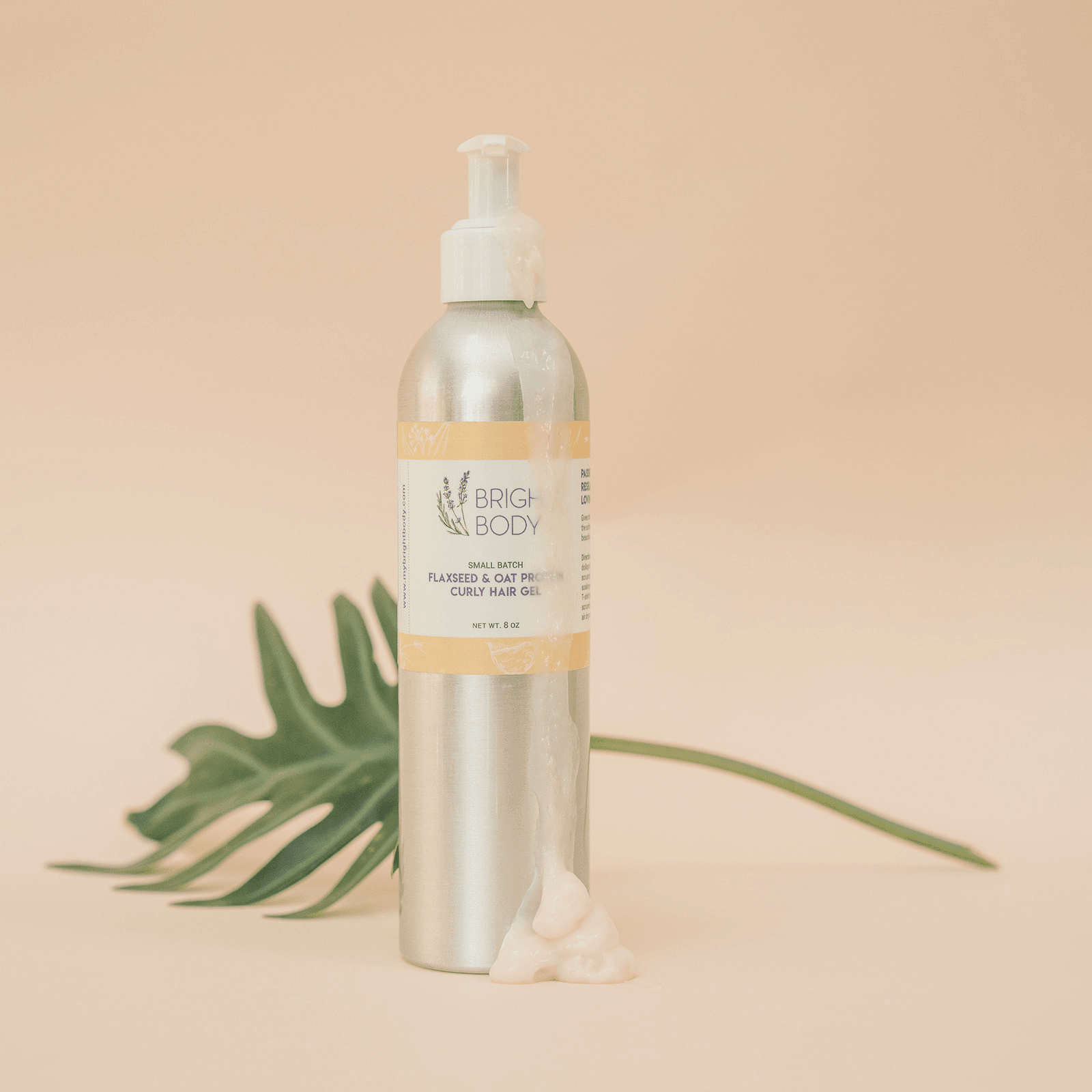
What’s a lesson you had to unlearn and what’s the backstory?
One of the biggest lessons I had to unlearn was viewing marketing and coaching as an expense versus an investment. When you start off as a small business owner, you usually start from a place of financial scarcity and fear. I know I viewed most expenses outside of cost of goods as something to scrutinize and minimize. While it is vital to strategically manage expenses as you launch and grow, most independent product-based business owners tend to overinvest in product and underinvest in marketing and mentorship.
Marketing is not something to think of as a “throwaway” expense – it is an investment that, when done right, gives you a return. While yes, it is challenging to determine what kind of marketing to invest in and what strategies, tactics, and techniques give you the best results, marketing is the key to growing your business and skimping on your marketing strategy and budget is going to stunt your growth.
Furthermore, most marketing channels are not designed to perform using only organic content, and most channels have become pay-to-play for best results. Platforms like Facebook and Instagram primarily nurture your existing audience. In contrast, organic posts on TikTok are still optimized for serving your content to new audiences. While SEO can help your rankings on Google, best results are achieved with paid keywords and shopping ads.
High-quality coaching and mentorship can have an even bigger return on investment than marketing spend. The key is finding the right person with the right knowledge, skills, experience, and values to help you get where you want to go. It can be tempting to want to “figure it all out” by yourself especially when you’re trying to be frugal with cash flow and budget, but having the right coach by your side can save you an inordinate amount of time and money on trial and error. Having proven systems and solutions alongside accountability and support is a game changer and I wish it hadn’t taken me as long as it did to seek out expert support.
I used to think all coaches and courses were the same, and any training is better than nothing, but quality and alignment is vitally important and not guaranteed with every coach out there. It’s key to do your research and make sure you’re partnering with the right people to help you grow your business.
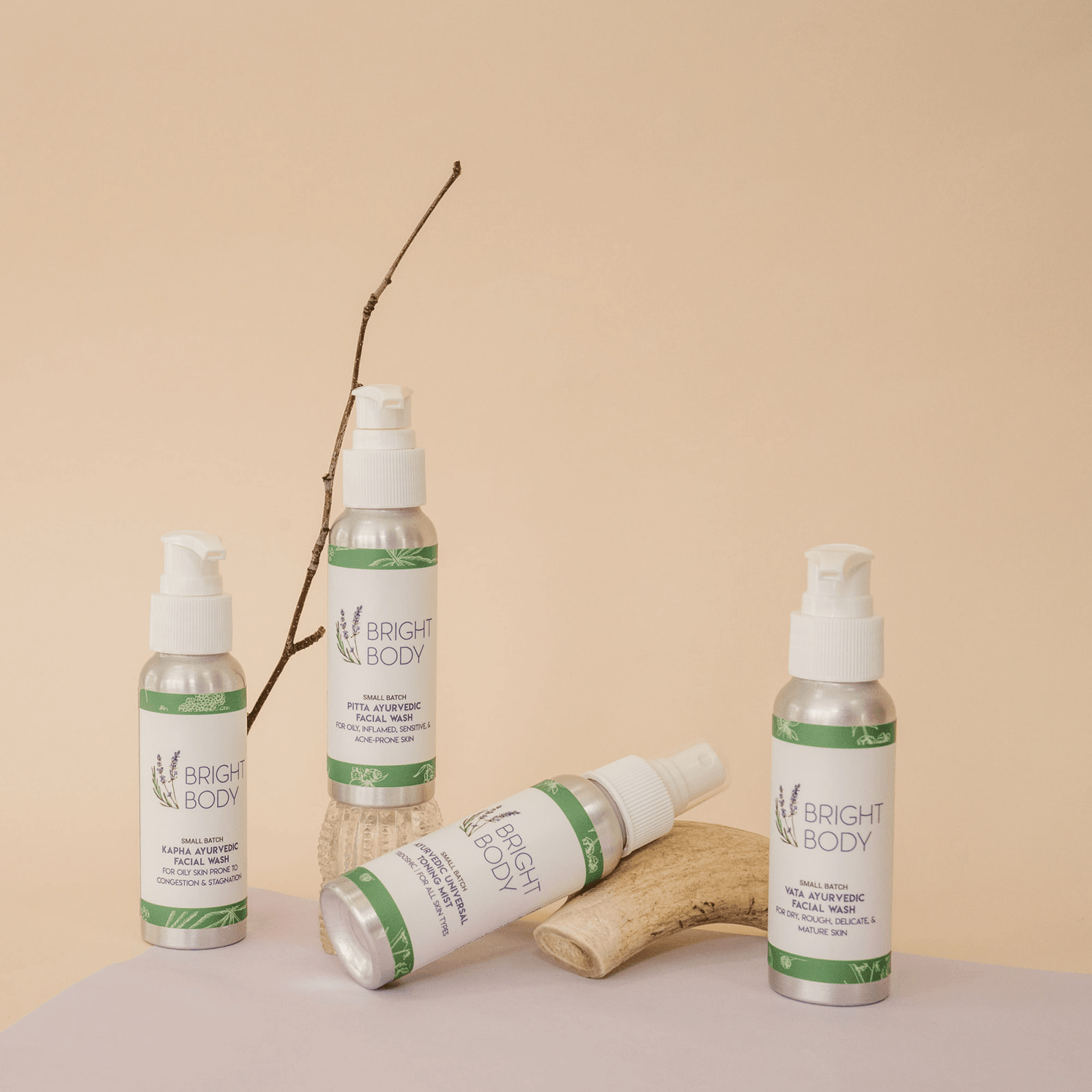
Can you tell us about what’s worked well for you in terms of growing your clientele?
Figuring out the best strategy to predictably grow my customer base doesn’t have to be complicated, but there is a lot of bad advice out there that can distract you from what’s most important.
I used to confuse marketing strategy with tactics and techniques. Without an overarching strategy, I was just completing a list of busywork and not intentionally taking steps in the same direction with the most high-impact tools. Posting on Instagram 5 times per week and sending a newsletter twice a month is not a strategy: those are two tactics.
I also used to confuse attract marketing (getting in front of new potential customers) and nurture marketing (“warming up” my existing audience). Attract marketing requires totally different strategies, tactics, and techniques than nurture marketing and I drastically underestimated the amount of attract marketing I needed to achieve the results I wanted.
Another big mistake was thinking that I had to be on all the marketing channels all the time in order to see results. I’ve since learned that the key is choosing the right channels for the right objectives and audiences, and optimizing fewer channels for better results.
For me, growing my new customers through attract marketing involved a symbiotic mix of 3 strategies. First, I designed my Instagram feed like my conversion rate optimized website. The feed shows the most important information that potential customers need to see before feeling ready to place an order. My feed is largely static, with new posts scheduled whenever there is a promotion happening. Highlights serve like the “menu” or navigation on a site, and going forward I spend my efforts updating our stories, since that is where I see the most engagement and conversions. This allowed me to get off the content creation hamster wheel on a platform not optimized to show my organic content to new audiences, and instead leverage Instagram for what it’s best at: building community and connection.
Second, I began posting organic content on TikTok, which is currently optimized for reaching new audiences: approximately 85-90% of viewers on my videos are people who do not currently follow me. Higher-intent and aligned customers then head to our website and/or Instagram, where they can see more of what we’re about and what sets us apart.
Third, I began running conversion-optimized Meta ads to reach new audiences, who then land on my Instagram or website to learn more, browse, and order. Since I already have my “Instasite” set up, not only am I getting traffic and new customers from ads, but I have made it easy for potential new customers to see what we are all about. Running ads with my Instasite has also helped me grow my following, allowing me the opportunity to retarget them for more ads and build rapport through my regularly updated Instagram stories.
The beauty of ads on top of optimized platforms to attract new potential customers and nurture my existing audience is that they work together to amplify results. An optimized Instasite and website is nothing without more targeted new traffic from ads. I boost the power of my organic TikToks by retargeting those who visited our website and/or Instagram after watching our content. This strategy also allows me to run as much as possible on autopilot, instead focusing ongoing efforts on organic TikTok content, IG stories, and monthly ad campaign optimization. This strategy has grown my customer base significantly without requiring me to be stuck in perpetual content creation.
Contact Info:
- Website: https://mybrightbody.com
- Instagram: @mybrightbody
- Facebook: @mybrightbody

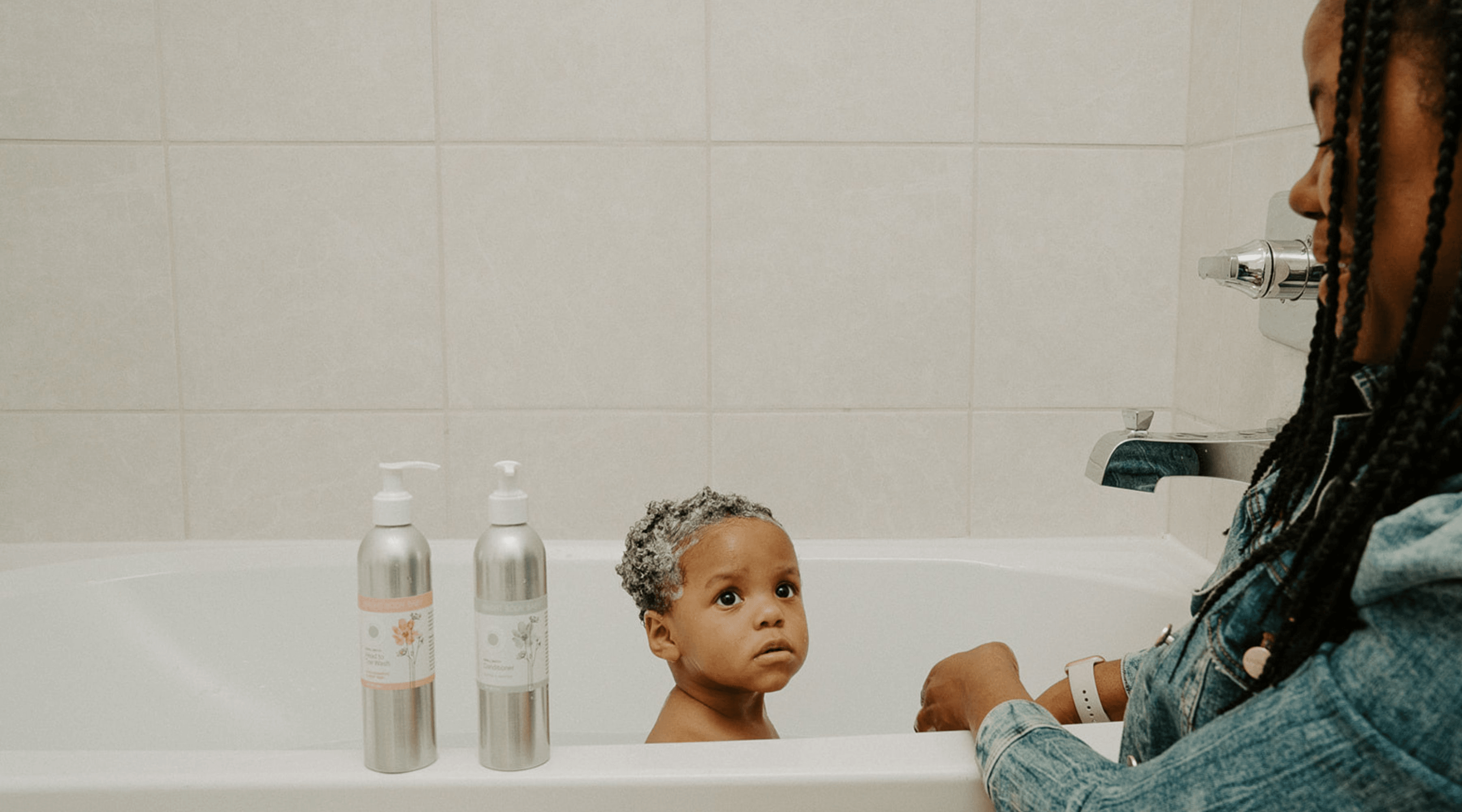
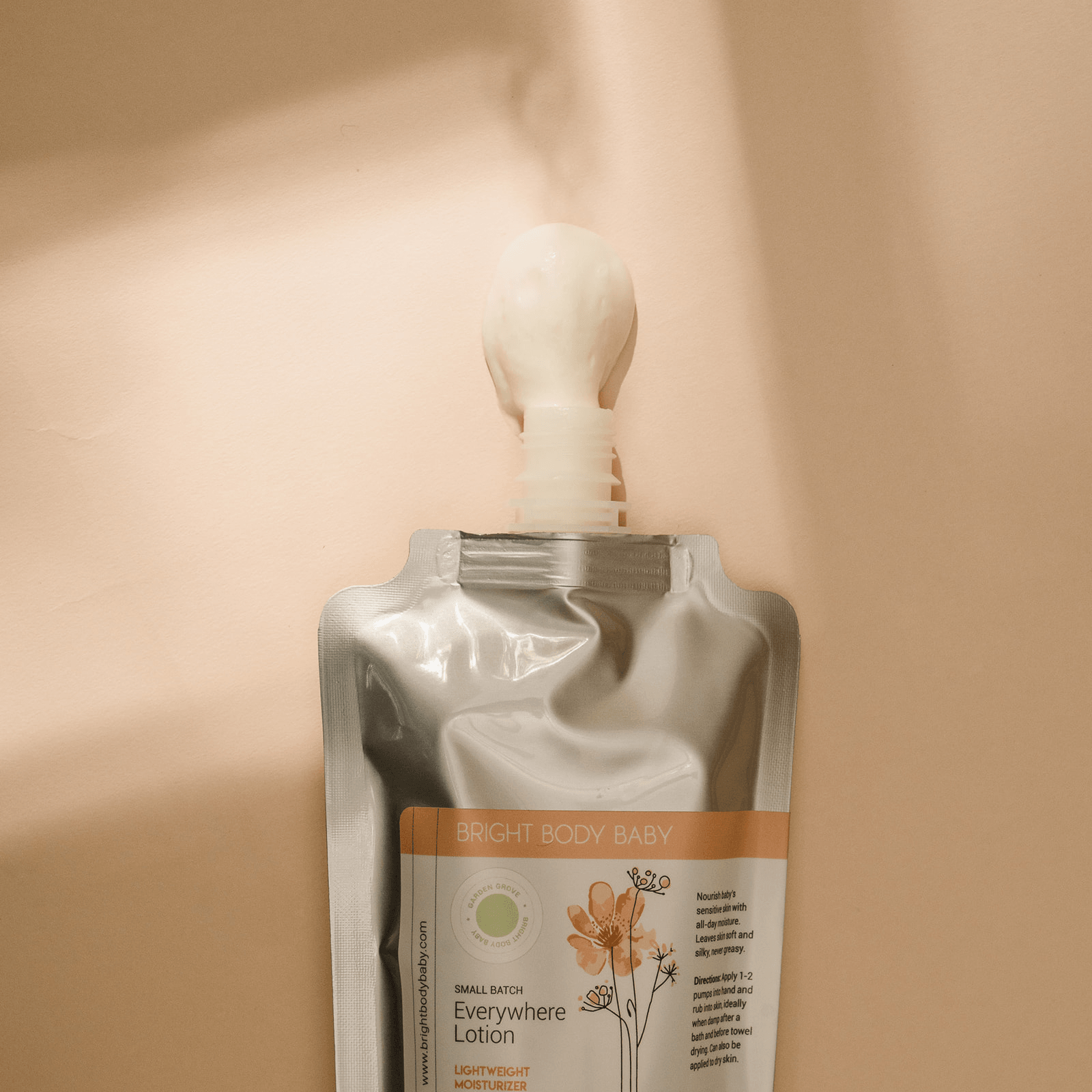
Image Credits
Amanda Arnold Photography


